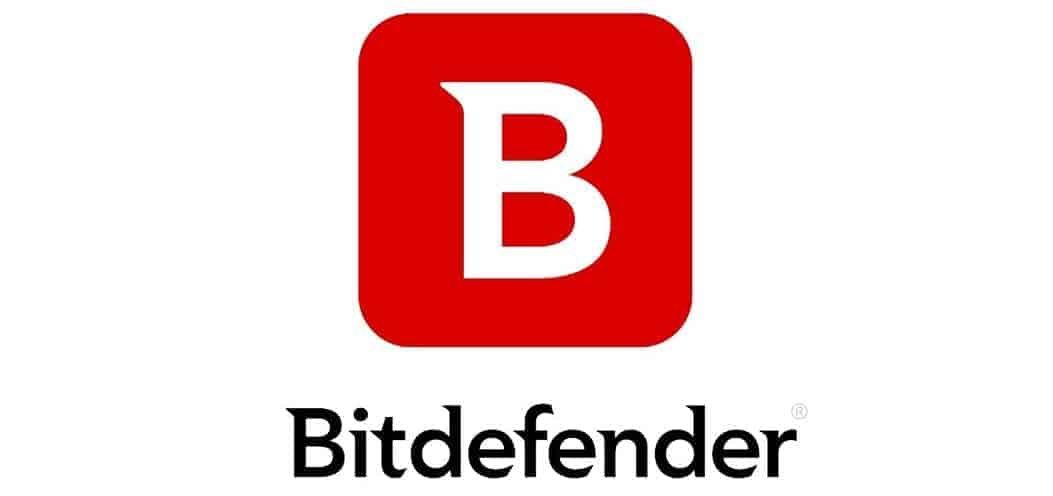Bitdefender: In the first half of 2018, Ransomware, after years, lost its position as the number one threat. Although initially overcome by cryptojackers, ransomware has made a rapid recovery, showing that malicious file encryption software is here to stay.
Everything indicates that 2019 will be full of new threats.
For the Vitdefender, December is the month in which we share our forecasts for the new year. Here are our top 10 cyber security forecasts for 2019.
Ransomware
As the most lucrative form of malware, ransomware remains a constant threat. Many ransomware attacks can be recorded daily, but it is a fact that this threat is not on the rise. One reason is the emergence of cryptojacking that works invisibly and can yield much more revenue for a longer period of time. An equally important reason is the emergence of specialized security solutions that directly aim to prevent this form of malware. There will always be new versions of ransomware, some will certainly be more sophisticated, but we generally do not expect ransomware to evolve further. At least not more than last year.
Internet of Things (IoT)
We expect more attacks due to the use of smart devices. Attackers will no doubt continue to exploit their inherent weaknesses. Hackers are getting better at attacking IoT products like baby monitors, cameras monitoringς και άλλες οικιακές συσκευές. Και οι συνδεδεμένες ιατρικές συσκευές δεν είναι πλέον ασφαλείς. Στην πραγματικότητα, τα εμφυτεύματα σώματος που υποστηρίζουν την ασύρματη συνδεσιμότητα μπορούν να οδηγήσουν στις πρώτες επιθέσεις ransomware όπου πρέπει να πληρώσετε ή να πεθάνετε. Σας ακούγεται υπερβολικό; Απλά θυμηθείτε ότι, το 2013, ο πρώην Αμερικανός αντιπρόεδρος Ντικ Τσένι ζήτησε από τους γιατρούς του να απενεργοποιήσουν την ασύρματη λειτουργία στο βηματοδότη του για να αποτρέψουν τις δυνατότητες των τρομοκρατών να τον πειράξουν.
Bitdefender: MacOS attacks on the rise
Apple's share of the desktop market is growing, but so are malware designed to infect Macs. We are expecting an increase in the number of attacks targeting Mac users, and this is something that is already beginning to appear. According to the data we collect, the indications show not only new malOS-specific malware, but also macOS-specific mechanisms and tools designed to take advantage of Mac after the breach.
Macros and file-less attacks
Attacks that leverage Microsoft Office macros will increase. Macros are a function, not a function error. This makes them the perfect bait for victims prone to scams – where the attacker convinces the victim to effectively participate in their use simply by allowing the command to run.
We expect file-less attacks - such as the use of powershell as well as other system-related tools, such as gen reg, mshta, etc. to grow in the next year.
Possible side effects (PUA) and cryptojacking
Unwanted applications (PUAs), including adware, they are not a huge threat on their own, but they are not innocent either. For example, you could download a seemingly safe app without knowing it is linked to a crypto miner or other malware.
We anticipate an increase in JavaScript-based cryptomining embedded in web pages - such as the YouTube cryptojacking incident, where cryptomining code was inserted into YouTube ads.
We expect an increase in incidents where cryptomining will be sent directly from the webpage rather than downloading a file from the victim.
Bitdefender: Fighting invisible threats
Network-level exploits will come to the fore next year and, based on the evidence so far, will be promoted on social media. Researchers should devote many hours to analyzing hardware-based implants, hardware backdoors, hardware analysis, and how software responds.
Targeting the banking sector
We expect an escalation of attacks in the banking sector. We are reminded of the example of the Carbanak group where malicious code was sent via phishing messages and was the cause of hundreds of millions of dollars being intercepted not only by banks but also by more than a thousand private customers.
GDPR will show his teeth
Here's the good news: Thanks to the EU's renewed effort to protect personal data – in the form of the General Data Protection Regulation that came into force in May this year – we should expect fewer "data leaks". Security incidents will be contained at the organization level in an effort to avoid penalties that could force a business out of business. Remember that GDPR can require fines of up to 4% of the annual cycle work of a company, which can translate into hundreds of millions or even billions of dollars in the case of large businesses and corporations.
Bitdefender: Effect of Elections in Europe
2019 is the year that Europe will elect Members of the European Parliament. Given recent developments in the US, we should expect similar actions in Europe, including attacks on voting systems, social media propaganda and other forms of "engagement". If a few years ago these acts were mere rumors, the last two years confirm that the world's leading powers will not stop at anything to influence the political results of their opponents.
Bitdefender: A Turn to Attacks on Mobile Devices
The Fintech υπηρεσίες ανοίγουν το δρόμο για μια πολύ κερδοφόρα νέα τάση για τους χάκερς. Όσο περισσότερα χρήματα και μεγαλύτερη ενοποίηση με τα παραδοσιακά τραπεζικά συστήματα, τόσο περισσότερη προσοχή θα πρέπει να δίνεται καθώς είναι εξαιρετικά πιθανό τον επόμενο χρόνο θα αναπτυχθούν νέες απειλές κατά των συγκεκριμένων υπηρεσιών.
_________________
- Tresorit Send: Send your files for free to 5GB
- What is a gaming router? Is it worth buying?
- WordPress that goes ball? Instructions from iGuRu.gr





